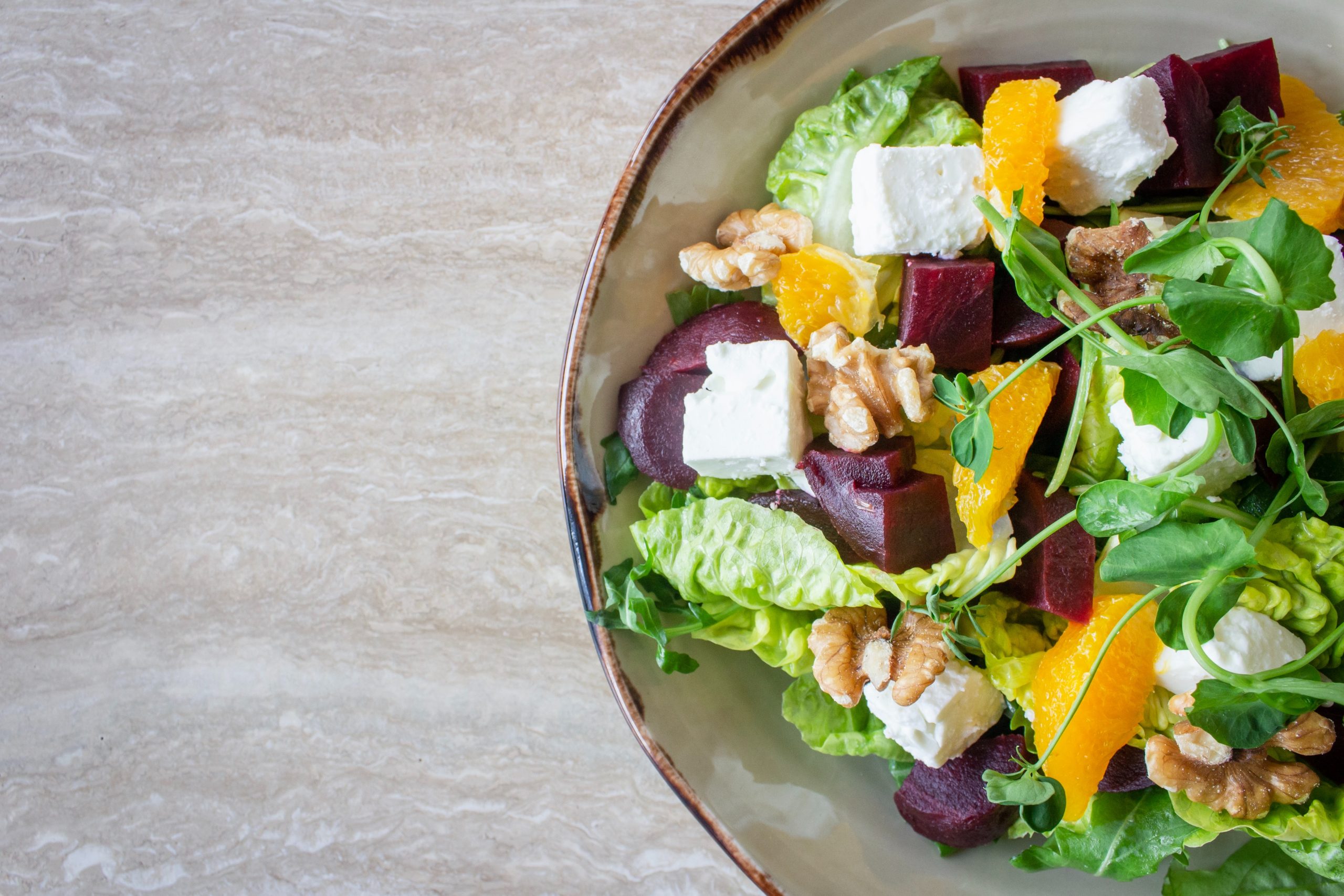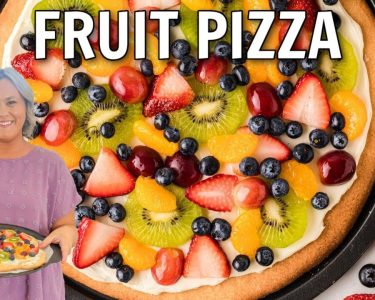Introduction:
Salads have long been regarded as a symbol of health and nutrition. Packed with fresh vegetables, leafy greens, and an array of colorful toppings, salads are often perceived as a go-to choice for a healthy meal. However, not all salads are created equal, and there are common misconceptions surrounding their healthiness. In this article, we will dive into the science behind salads, debunking some of the most prevalent misconceptions and shedding light on what makes a salad truly healthy.
Misconception 1: All Salads Are Nutritious:
While salads have the potential to be highly nutritious, not all salads fit this description. A salad’s nutritional value depends on the ingredients used and the overall balance of nutrients. A salad loaded with fried proteins, processed toppings, and heavy dressings can be high in unhealthy fats, calories, and sodium. To ensure a nutritious salad, opt for a variety of fresh vegetables, lean proteins, whole grains, and healthy fats, while keeping dressings and toppings in moderation.
Misconception 2: Salads Are Always Low in Calories:
It’s true that many salads can be low in calories, especially when compared to calorie-dense fast food options. However, it’s crucial to be mindful of portion sizes and ingredients. Creamy dressings, cheese, croutons, and excessive amounts of added fats can significantly increase the calorie content of a salad. To keep calories in check, choose lighter dressings, opt for smaller portions of high-calorie toppings, and focus on incorporating nutrient-dense ingredients.
Misconception 3: Salads Alone Are Sufficient for a Balanced Meal:
While salads can be a part of a balanced meal, relying solely on salads may lead to nutrient deficiencies. A well-balanced meal should include a combination of macronutrients (carbohydrates, proteins, and fats) and micronutrients (vitamins and minerals). To make your salad a complete meal, consider adding lean proteins like grilled chicken or tofu, whole grains like quinoa or brown rice, and healthy fats like avocado or nuts.
Misconception 4: All Salad Greens Are Created Equal:
Not all salad greens offer the same nutritional value. While iceberg lettuce is commonly used in salads, it has a lower nutrient content compared to dark leafy greens like spinach, kale, and arugula. Dark leafy greens are rich in vitamins A, C, K, folate, and minerals like iron and calcium. Experiment with a variety of greens to maximize the nutritional benefits of your salads.
Misconception 5: Salads Are Boring and Unsatisfying:
Some people believe that salads are bland and unsatisfying. However, with the right combination of ingredients and flavors, salads can be delicious and satisfying. Experiment with different textures and flavors by adding fruits, nuts, seeds, herbs, and spices to your salads. Including a variety of ingredients will not only enhance the taste but also provide a broader range of nutrients.
Misconception 6: All Salad Dressings Are Healthy:
Dressings can make or break the nutritional value of a salad. Many store-bought dressings are loaded with unhealthy fats, added sugars, and artificial ingredients. Opt for homemade dressings using olive oil, vinegar, lemon juice, or Greek yogurt as a base. These options provide healthier fats and fewer additives. Remember to use dressings sparingly to control calorie intake.
Conclusion:
While salads have earned a reputation as a healthy food choice, it’s essential to distinguish between nutritious salads and those that fall short in terms of healthiness. By dispelling common misconceptions and understanding the key factors that contribute to a healthy salad, you can make informed choices to create balanced, nutrient-rich meals. Remember to focus on incorporating a variety of fresh vegetables, lean proteins, whole grains, and healthy fats to maximize the nutritional benefits of your salads.




